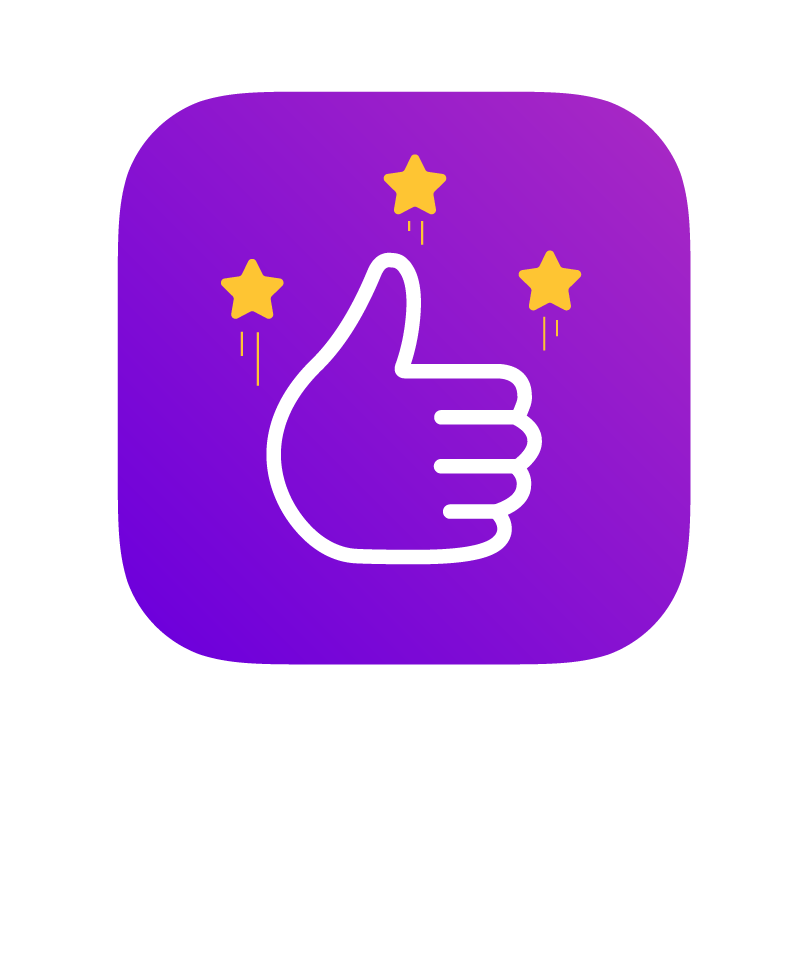Recognition is a powerful tool that motivates, engages, and retains employees by showing appreciation for their contributions and achievements. Recognition has a positive impact on employee performance, satisfaction, loyalty, innovation, and ultimately on customer service.
However, recognition is not a one-size-fits-all solution. To maximize the return on investment (ROI) of recognition programs, organizations need to design and implement them strategically and effectively.
A simple recognition for a job well done can do wonders, if it is an incentivized practice backed up by a carefully planned Employee Recognition strategy that ensures timely, frequent, specific and visible recognition. Showing appreciation at work says you care, and it says employees matter.
How to measure the ROI of recognition
The ROI of recognition is the Return On Investment (ROI) that an organization gets from implementing a recognition program for its employees. Well, in order to measure the ROI of recognition you need to be able to assess all the gains (the return) and the costs (the investment) related to it.
In the article The ROI of Employee Recognition we help you with a step by step and a free Employee Recognition ROI Calculator.
How to Maximize the ROI of Recognition
1 - Align Recognition with the Organization’s Values and Goals
One of the first steps to maximize the ROI of recognition programs is to align them with the organization’s values and goals. Recognition should reflect the mission, vision, and culture of the organization. It should also support the strategic objectives and priorities of the organization. By aligning recognition with the organization’s values and goals, recognition can reinforce the desired behaviours and outcomes that drive success.
- Define the purpose and objectives of recognition programs: Organizations should clearly define why they want to recognize employees and what they want to achieve with recognition programs. They should also set specific, measurable, achievable, relevant, and time-bound (SMART) goals for recognition programs.
- Communicate the criteria and standards of recognition: Organizations should communicate to employees what they expect from them and how they will be recognized for their achievements. They should also establish clear and consistent criteria and standards for recognition, based on the organization’s values and goals.
- Link recognition to performance management: Organizations should integrate recognition with performance management systems, such as appraisals, feedback, coaching, and development. They should also use recognition to reward employees for achieving their performance goals and improving their skills.
2 - Make Recognition Timely, Frequent, Specific, and Fair
92% of workers are more likely to repeat a specific action after receiving recognition for it.
Another key factor to maximize the ROI of recognition programs is to make them timely, frequent, specific, and fair. Recognition should be given as soon as possible after the achievement or behaviour. The more you wait, the less effective feedback is.
It should also be given regularly and consistently to maintain its impact. Recognition should be specific and clear about what the employee did and why it matters. Specially if you want to make recognition visible and public, you need to be even more specific and clear to make sure you involve everyone. This way employees become aware of other projects that are being developed and it builds a more inclusive and engaging culture.
It should also be fair and merit-based, not influenced by favouritism or bias. That is a no-brainer of course, but we can’t stress enough how important it is.
- Use multiple channels and formats of recognition: Organizations should use different channels and formats of recognition to reach employees in various ways. For example, you can use written feedback, public recognition, peer-to-peer recognition, monetary rewards, non-monetary rewards, or a combination of these.
- Customize recognition to individual preferences and needs: Organizations should tailor recognition to individual preferences and needs of employees. For example, they can use surveys, interviews, or assessments to understand what motivates and satisfies each employee. They can also ask employees how they prefer to be recognized and what kind of rewards they value.
- Monitor and evaluate recognition programs: Organizations should monitor and evaluate the effectiveness and impact of recognition programs on employee and organizational outcomes. For example, they can use surveys, interviews, or analytics to measure employee satisfaction, engagement, performance, turnover, etc. They can also use feedback from employees and managers to improve recognition programs.
3 - Provide a Variety of Recognition Rewards
A third aspect to maximize the ROI of recognition programs is to provide a variety of recognition rewards that suit different preferences and needs of employees. Rewards are the tangible or intangible benefits that employees receive for their achievements or behaviours. Rewards can include verbal praise, written feedback, public recognition, social recognition, monetary rewards, non-monetary rewards, or a combination of these. Rewards should also be meaningful and relevant to the employee and the achievement.
- Use intrinsic and extrinsic rewards: Organizations should use both intrinsic and extrinsic rewards to recognize employees. Intrinsic rewards are the internal feelings of satisfaction and fulfilment that employees get from their work. Extrinsic rewards are the external benefits or incentives that employees get from others. Both types of rewards can motivate and engage employees, but they have different effects on different types of employees. For example, some employees may prefer intrinsic rewards such as autonomy, mastery, or purpose, while others may prefer extrinsic rewards such as money, recognition, or status.
- Use social and individual rewards: Organizations should use both social and individual rewards to recognize employees. Social rewards are the recognition or appreciation that employees get from their peers, managers, or customers. Individual rewards are the recognition or appreciation that employees get from themselves. Both types of rewards can motivate and engage employees, but they have different effects on different types of employees. For example, some employees may prefer social rewards such as praise, feedback, or endorsement, while others may prefer individual rewards such as self-esteem, confidence, or pride.
- Use monetary and non-monetary rewards: Organizations should use both monetary and non-monetary rewards to recognize employees. Monetary rewards are the financial benefits or incentives that employees get for their achievements or behaviours. Non-monetary rewards are the non-financial benefits or incentives that employees get for their achievements or behaviours. Both types of rewards can motivate and engage employees, but they have different effects on different types of employees. For example, some employees may prefer monetary rewards such as bonuses, commissions, or stock options, while others may prefer non-monetary rewards such as certificates, trophies, or gift cards.
4 - Use Technology to Enhance Recognition
A fourth element to maximize the ROI of recognition programs is to use technology to enhance recognition. Technology can help facilitate recognition by making it easier, faster, and more accessible. Technology can also help track and measure the impact of recognition on employee and organizational outcomes.
In order to involve every employee in this peer-to-peer recognition culture, you need to bring them together in a single platform (specially in today’s hybrid or remote world) that allow organizations to create, manage, and deliver recognition programs.
Platforms like Upreciate.io encourage peer-to-peer recognition through gamification and make recognition visible and public (within your organization of course). This way you leverage the power of networks, and it amplifies the recognition.
By offering a web app and a mobile app, Upreciate.io enables employees to recognize other employees anywhere, at any time. peer-to-peer recognition, social recognition, gamification, analytics. It also provides you the analytics to keep track of the impact of recognition.
Recognition is such a powerful tool to reach your organization’s goals. Start today designing your recognition program to maximize your return on investment (ROI) of employee recognition.
Book a free demo now to learn all the features Upreciate.io has to offer and understand the great ROI you can get with Upreciate.io


